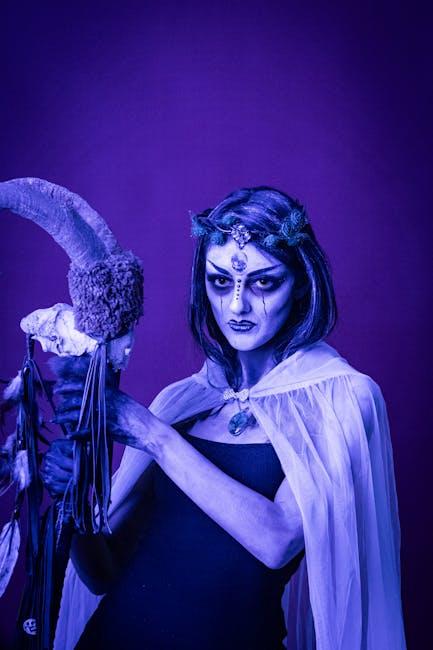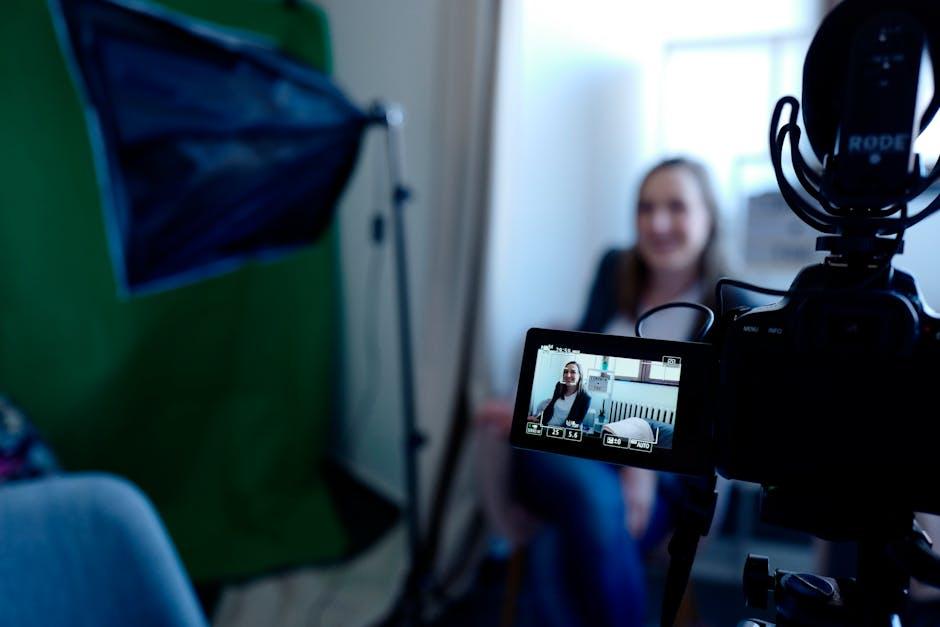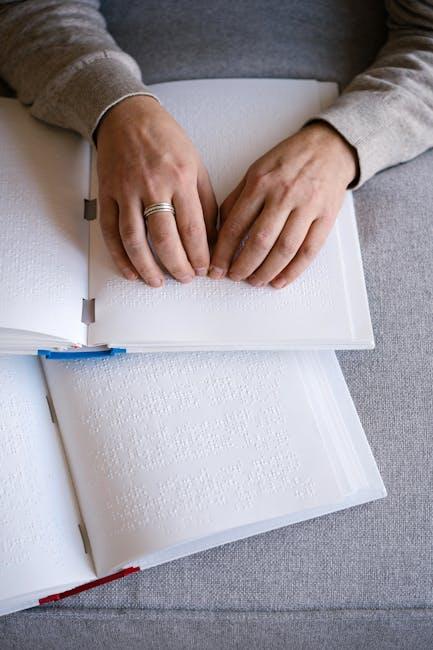In the ever-evolving landscape of film and television, the magic of storytelling hinges not only on captivating scripts and visionary directors but also on the nuanced performances of actors who breathe life into their characters. Yet, beneath the surface of this collaborative art form lies a compelling question: Should actors wield greater influence over the development of the very characters they portray? As audiences become more discerning and narratives more complex, this debate stirs a fascinating dialogue about creative ownership, artistic integrity, and the symbiotic relationship between actor and character. Delve with us into this intricate tapestry, where the lines between script and soul blur, and explore whether actors should have a stronger voice in shaping the stories they tell.
Exploring the Actor-Character Relationship
The bond between an actor and their character can be a profound journey of discovery and creativity. Actors often bring unique insights into the roles they inhabit, having spent countless hours delving into their character’s psyche. This exploration can lead to new dimensions and depth that might not have been initially envisioned by writers or directors. Allowing actors more say in character development can enhance authenticity and emotional resonance.
- Deeper Emotional Connection: Actors can tap into their personal experiences, bringing genuine emotions that align with the character’s arc.
- Innovative Perspectives: Fresh ideas and interpretations can emerge when actors contribute to character backstories and motivations.
- Collaborative Synergy: Engaging actors in development discussions fosters a more collaborative environment, potentially leading to richer storytelling.
Balancing creative input is key, ensuring that the core narrative remains intact while allowing actors to express their creative instincts. This synergy can transform a good performance into an unforgettable one.

Balancing Artistic Vision and Actor Insight
In the collaborative world of filmmaking, the fusion of an actor’s intuition with the director’s vision can lead to a richer portrayal of characters. Actors, through their immersive process, often discover nuances and motivations that may not be immediately apparent to the creative team. By offering insights drawn from their personal interpretation and research, actors can contribute to a more authentic character development.
- Creative Synergy: When actors share their perspectives, it fosters a creative synergy that can enhance storytelling.
- Character Depth: Actors can bring unexpected depth by tapping into emotions and experiences that resonate with them.
- Dynamic Adaptation: Allowing actors input can lead to dynamic adaptations of the script that reflect a more natural dialogue and behavior.
However, it’s crucial to maintain a balance. The director’s overarching vision must guide the narrative, ensuring that character insights align with the story’s trajectory. This delicate equilibrium between artistic vision and actor insight can ultimately elevate the cinematic experience, creating a tapestry of performances that resonate deeply with audiences.

Empowering Performers: A Collaborative Approach
In the evolving landscape of modern storytelling, the synergy between writers and actors can lead to richer, more nuanced characters. Actors bring unique insights into the motivations and emotions of the roles they inhabit, making them invaluable contributors to character development. By embracing a collaborative approach, creators can tap into the actor’s personal interpretation and lived experiences, allowing characters to evolve organically. This dynamic interaction can foster a deeper connection with the audience, as the characters resonate with authenticity and depth.
- Enhanced Creativity: Actors can offer fresh perspectives, suggesting new directions or dimensions for their characters.
- Authenticity: Their input can ensure that dialogue and actions align with the character’s established traits and growth.
- Emotional Depth: By sharing their own emotional insights, actors can infuse characters with genuine, relatable feelings.
Incorporating actor input doesn’t undermine the writer’s vision but rather enriches it, creating a tapestry of creativity that benefits the entire production. This collaborative spirit not only empowers performers but also elevates the storytelling experience for all involved.

Guidelines for Inclusive Character Development
Empowering actors to contribute to their character’s journey can enhance the narrative’s authenticity and depth. Here are some guidelines to ensure this process remains inclusive and respectful:
- Collaborative Dialogue: Encourage open discussions between actors, writers, and directors to align on character motivations and backstory.
- Diverse Perspectives: Actively seek input from actors of different backgrounds to reflect a wide range of experiences and cultures.
- Respectful Boundaries: Maintain a balance between creative freedom and respect for the script’s original vision.
- Continuous Feedback: Implement regular check-ins to adjust character development as the story unfolds.
These practices not only enrich the storytelling process but also foster a more inclusive and engaging environment for both creators and audiences.

